SpaceX’s Revolutionary Warp Drive: The Future of Space Travel
In a groundbreaking announcement that has reverberated throughout the scientific world, Elon Musk, the visionary CEO of SpaceX and Tesla, has introduced a revolutionary concept that could reshape the future of space exploration: the Warp Drive Starship. This innovative spacecraft, capable of faster-than-light travel, promises to turn science fiction into reality, ushering in a new era of interstellar travel.
The Dawn of a New Era in Space Exploration

For decades, faster-than-light travel was a distant dream confined to the realm of science fiction. The possibility of exploring distant stars and galaxies captivated the human imagination but seemed far beyond reach. However, SpaceX’s recent announcement suggests that this once far-fetched dream may soon become a reality. The Warp Drive Starship represents a quantum leap in propulsion technology, dramatically reducing the vast distances of space and potentially making interstellar travel feasible for humans.
Understanding Warp Drive Technology
At the heart of SpaceX’s breakthrough is the concept of warping space itself. Unlike conventional propulsion systems, which are limited by the cosmic speed limit—the speed of light—the Warp Drive Starship manipulates the fabric of spacetime, creating a bubble that enables the spacecraft to travel faster than light relative to the space outside the bubble.
Key elements of this revolutionary technology include:
- Exotic Matter: SpaceX has successfully synthesized small amounts of exotic matter with negative energy density, which is crucial for creating the warp bubble.
- Zero-Point Energy: A prototype engine harnesses zero-point energy, utilizing fluctuations in the vacuum of space to power the immense energy demands of the warp drive.
- Spacetime Manipulation: The warp drive, powered by ultra-efficient fusion reactors, manipulates spacetime around the ship, allowing it to travel faster than light without violating the laws of physics.
The Science Behind Warp Drive Technology
The theoretical foundation for warp drive technology was laid by Mexican physicist Miguel Alcubierre in 1994. Alcubierre’s equations suggested that faster-than-light travel could be possible by contracting space in front of a spacecraft and expanding it behind. This method, effectively moving space around the ship rather than the ship itself through space, bypasses the speed-of-light limitation.
However, the energy requirements for such a feat were long considered insurmountable—until now. SpaceX’s advancements in exotic matter synthesis and zero-point energy extraction have made what once seemed impossible a reality.
From Theory to Reality

Elon Musk’s announcement was not just theoretical; it was backed by tangible results from rigorous testing. These tests included:
- Vacuum Chamber Tests: SpaceX successfully created a small warp bubble in a controlled environment, demonstrating the feasibility of the technology.
- Unmanned Test Flights: An unmanned craft equipped with a scaled-down warp drive achieved faster-than-light speeds in Earth’s orbit, marking a historic milestone in space travel.
- Solar System Test Mission: The Warp Drive Starship traveled to the outer edges of our solar system and returned in mere hours, a journey that would typically take years with conventional propulsion systems.
These results were verified by international space agencies and independent scientists, confirming the functionality of SpaceX’s warp drive technology.
Implications for Space Exploration and Beyond
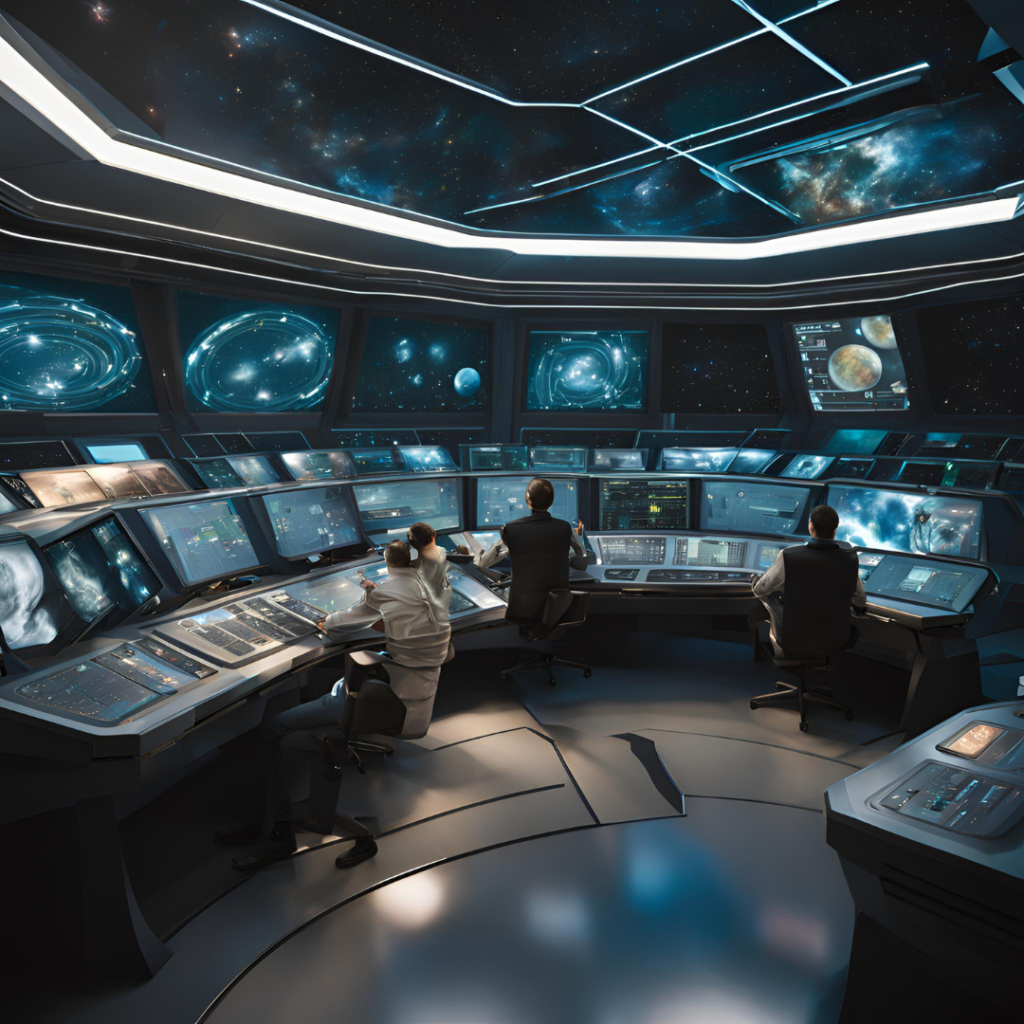
The successful development of warp drive technology could revolutionize space exploration in unprecedented ways:
- Journey to Mars in Minutes: What once took months could now take minutes, radically changing human colonization prospects for Mars.
- Interstellar Exploration: Nearby star systems, previously unreachable within a human lifetime, could now be explored within days or weeks.
- Study of Exoplanets: The ability to directly observe potentially habitable planets outside our solar system opens up new possibilities for finding extraterrestrial life.
- Galactic Probes: Probes equipped with warp drive technology could travel to the farthest reaches of the galaxy, expanding our knowledge of astrophysics and the universe.
Beyond space exploration, warp drive technology has potential applications on Earth:
- Ultra-Fast Transportation: Travel across the globe could be completed in minutes, revolutionizing the way we commute and transport goods.
- Instantaneous Communication: Long-distance communication could become instantaneous, drastically improving global connectivity.
- Quantum Advancements: The manipulation of spacetime could lead to breakthroughs in fields like quantum computing, energy production, and medical imaging.
The Road Ahead: Challenges and Opportunities
While the announcement of the Warp Drive Starship has generated immense excitement, it also raises several important questions and challenges.
- Scientific Skepticism: Some physicists remain skeptical about the feasibility of warp drive technology. The energy requirements, potential risks, and long-term stability of warp bubbles are still not fully understood. Continued research and peer review will be essential for validating SpaceX’s claims.
- Ethical Considerations: The ability to travel to distant planets raises ethical questions about the potential impact on extraterrestrial environments. Responsible exploration will require careful consideration of the potential consequences of human presence in distant galaxies.
- International Collaboration: As space travel reaches new frontiers, international collaboration will be crucial. Space agencies and governments must work together to ensure the safe and responsible development of warp drive technology, setting clear regulations for its use.
The Future is Now: SpaceX’s Next Steps
With successful tests already under their belt, SpaceX is wasting no time in moving forward with warp drive technology:
- First Crewed Mission: SpaceX plans to launch the first crewed mission using the Warp Drive Starship within the next year, a monumental leap for human space travel.
- Fleet Expansion: The company aims to build a fleet of warp drive-equipped starships for various missions, ranging from Mars colonization to interstellar exploration.
- Global Partnerships: SpaceX is actively seeking partnerships with international space agencies and private companies to further develop and explore the practical applications of warp drive technology.
Conclusion: A New Era of Space Exploration
Elon Musk’s unveiling of the Warp Drive Starship marks a pivotal moment in human history. This technological breakthrough represents not only a significant advancement in space travel but also a fundamental shift in humanity’s relationship with the cosmos.
As we stand on the cusp of becoming an interstellar species, the possibilities are as vast as the universe itself. What began with our first steps on the Moon is now extending to the stars, and with visionary leaders like Musk at the helm, the future of space exploration looks brighter than ever.
One thing is clear: the stars are no longer the limit—they are our destination.
FAQ: SpaceX’s Warp Drive Starship
- Q: How does the Warp Drive Starship work? A: The Warp Drive Starship manipulates spacetime around the spacecraft, creating a “bubble” that allows it to move faster than light relative to the space outside. It uses exotic matter with negative energy density and zero-point energy to power this process.
- Q: Is faster-than-light travel really possible? A: According to Einstein’s theory of relativity, nothing can travel faster than light within space. However, the Warp Drive Starship doesn’t move through space—it moves space itself, which is theoretically possible.
- Q: How fast is the Warp Drive Starship? A: While exact speeds haven’t been disclosed, it has demonstrated the ability to travel to the outer edges of our solar system and back in a matter of hours.
- Q: When will manned missions begin? A: SpaceX plans to conduct the first manned test flight within the next year, though regular missions may still be a few years away as further testing and development are required.
- Q: What are the potential applications beyond space travel? A: Warp drive technology could revolutionize Earth-based transportation, enable instant long-distance communication, and advance fields such as energy production, quantum computing, and medical imaging.
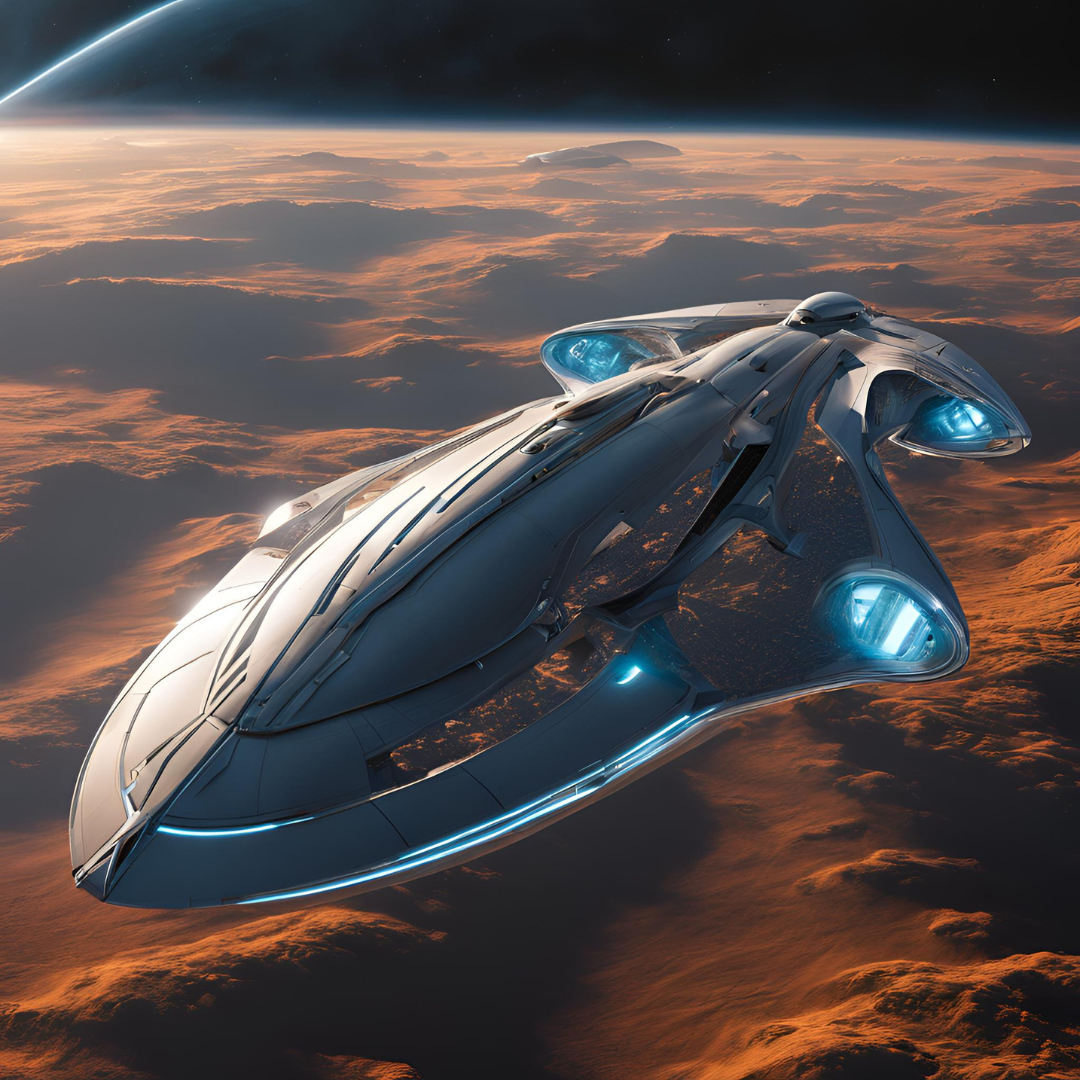

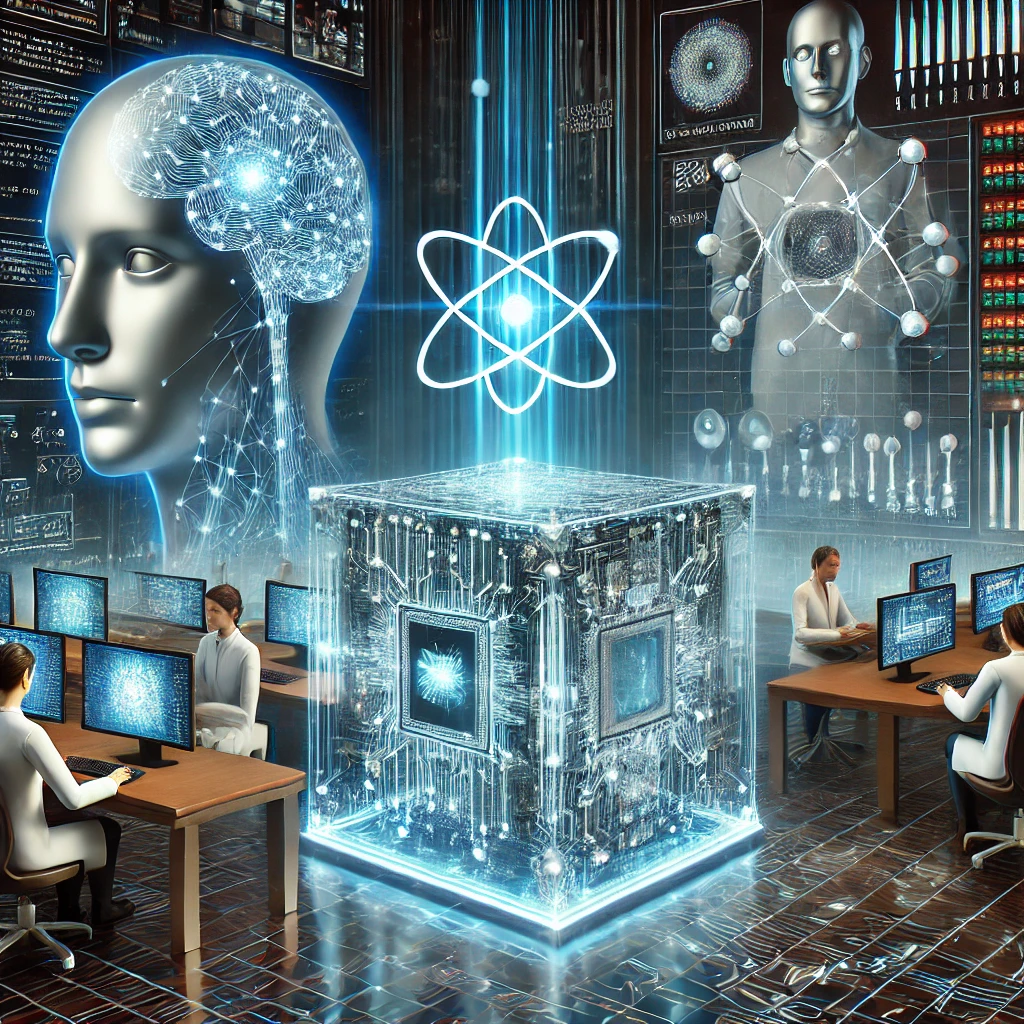



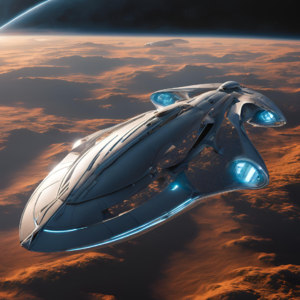




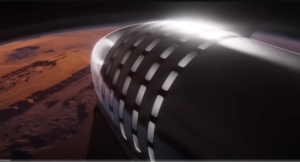


Post Comment